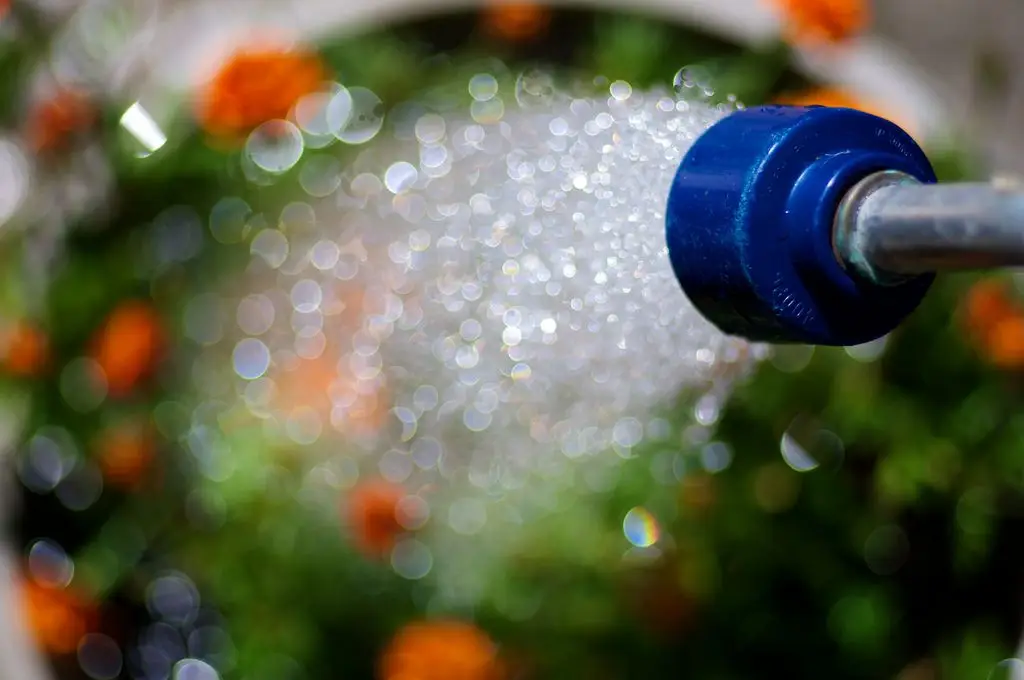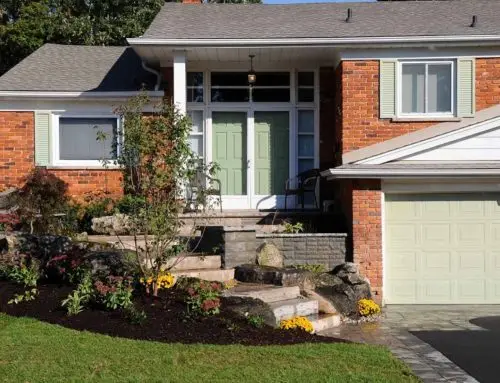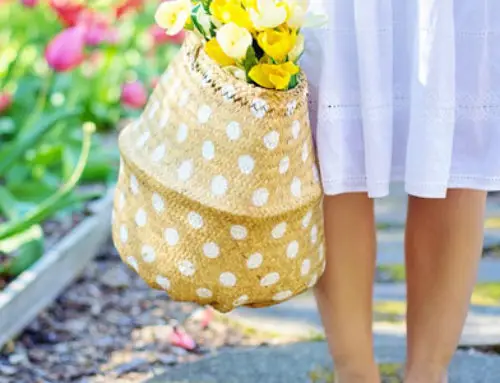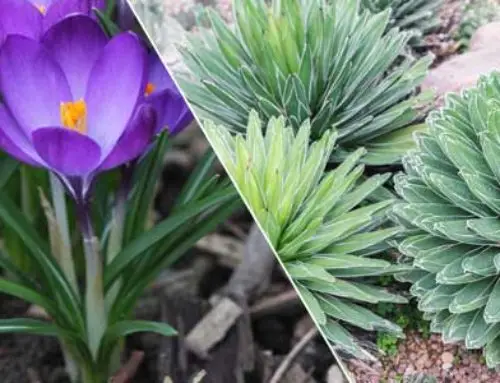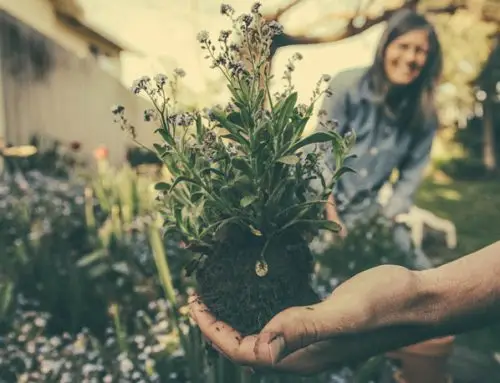During the growing season, gardeners will often struggle with trying to determine when and how often they should water their plants. A number of factors play a role in this decision. The type of soil in the garden, whether the plant is potted or not and the weather itself will often affect when and how often you should water. During especially hot and dry summers, such as the one we are currently experiencing; proper watering can become important to the health of your garden.
Here are a few rules that you should follow:
Maintain Even Moisture
Plants often depend on even moisture to maintain health and encourage growth. However, allowing the soil to dry out slightly between watering will help to promote root growth.
Water Infrequently But Thoroughly
It’s best to water once or twice a week and make each watering session thorough; that is ensuring the plants are fully watered.
Late evening and early morning is the best time to water.
Less water will evaporate from the soil when you water the soil in the evening or early morning as the soil is still cool from the night time hours. This ensures the plants can adequately provide themselves with water prior to the heat of the day.
Water Roots, Not The Leaves
Often, wet leaves can lead to diseases in the plant such as mould and mildew. Wet leaves can also develop sun burn marks from the sun during the day.
Ensure Water Reaches The Roots
For potted plants this means watching for water coming from the drainage holes at the bottom of the pots when watering. For plants in the ground, try to use a gentle soak method to reach the roots. You can use a soaker hose for best results. This type of hose allows you to water using a gentle stream over a lengthy period of time (usually about 20 to 30 minutes is sufficient) If you see a lot of water running off soon after turning on the hose, adjust the water pressure lower so that the water has time to soak in rather than running off the top of the soil.
Distribute Water Evenly
Especially when using a watering can, ensure that you water all sides of the plant thereby allowing water to be absorbed on all sides of the root and avoiding one-sided growth of the root system.
Consider Water Conservation
For potted plants and small gardens, using a watering can will conserve water and ensure that the water you are using reaches the plants and does not run off as waste. For larger gardens you can install an automated irrigation system which has a moisture sensor. This system will help you water without waste. Be mindful when watering and know when the plant has enough to avoid drowning the roots of the plants.
Whenever possible, use good quality clay rich soil.
Soil containing clay minerals can absorb and hold water better and more evenly. Conversely, during wet seasons the same soil allows for good drainage and prevents waterlogging.
For more information Contact Evergreen Landscapes or give us a call at (905) 689-1762 today!

